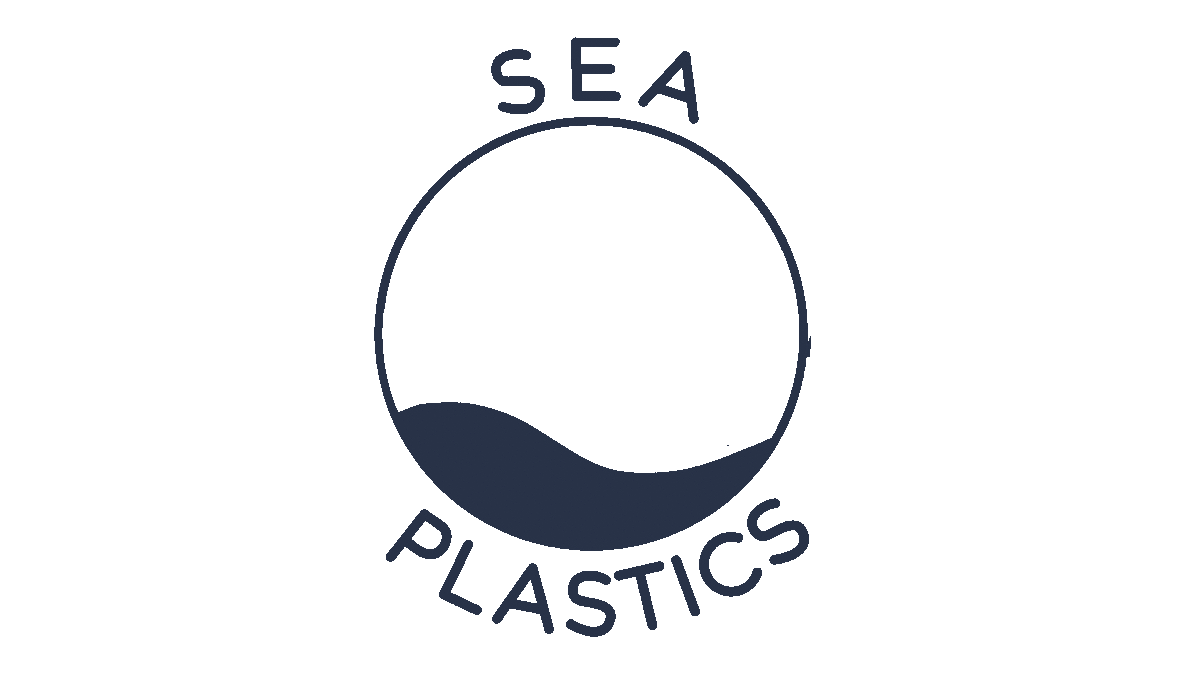#Friday Science 1
Tous les vendredis, nous vulgarisons une ou des études portant sur les microplastiques en Méditerranée.
Comparaison de la bioaccumulation de microplastiques par deux grands organismes filtreurs : le rorqual commun et le requin pèlerin
SAVIEZ-VOUS QUE...
Le requin pèlerin (Cetorhinus maximus) ingère plus de micro-plastiques par jour que le rorqual commun (Balaenoptera physalus) ?
Bien que cela puisse paraître incroyable en raison de la différence de taille, le requin ingère 3,6 fois plus d'eau (qui contient du micro-plastique) que la baleine. Cependant, la baleine accumule plus de plastique dans son organisme. En effet, la baleine ingère de grandes quantités de petits crustacés contenant de fortes concentrations d'additifs plastiques, alors que le requin est moins efficace pour retenir à la fois les nutriments et les contaminants
LE CONSTAT
Comparaison physiologique entre ces 2 organismes :

Rorqual commun
20 m de long
50 000 kg
Filtration 5893 m3/jour
Plancton ingéré 913 kg/jour

Requin pèlerin
7 m de long
4000 kg
Filtration 21 144 m3/jour
Plancton ingéré 31 kg/jour
Quantité de micro-plastiques absorbés par jour :

Or, nous trouvons plus de traceurs de micro-plastiques dans la baleine que dans le requin...

Donc, la bioaccumulation est plus importante chez la baleine même si elle ingère moins de micro-plastique.
COMMENT EXPLIQUER CELA ?

Les deux organismes n'ont pas la même capacité de rétention des particules qu'ils filtrent. Ainsi, le système de filtration du requin pèlerin est beaucoup moins efficace que celui de la baleine.
De plus, le rorqual commun cible des zones riches en krill alors que le requin pèlerin nage la bouche ouverte en continu. Ainsi, le rorqual commun ingère des quantités beaucoup plus importantes de krill (913 kg/jour) avec des concentrations non-négligeables d'additifs de plastiques.
Bibliographie :
[1] Fossi, M.C., et al., Large filter feeding marine organisms as indicators of microplastic in the pelagic environment: The case studies of the Mediterranean basking shark (Cetorhinus maximus) and fin whale (Balaenoptera physalus), Marine Environmental Research (2014)
Synthèse : Aitor Fernandez, Benjamin Pannetier
Interface graphique : Benjamin Pannetier
©SEAPLASTICS
